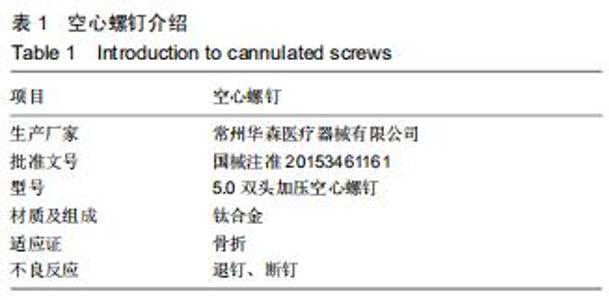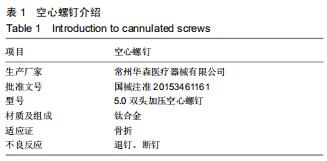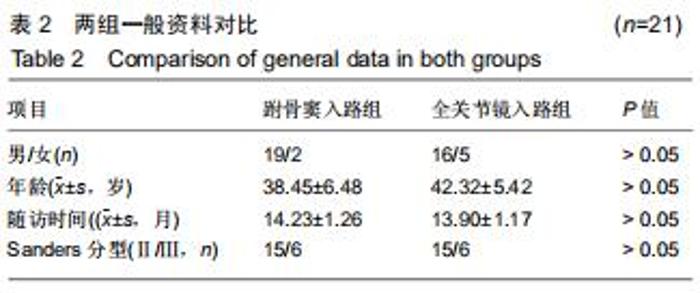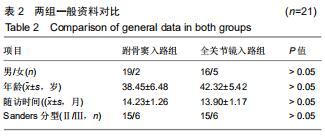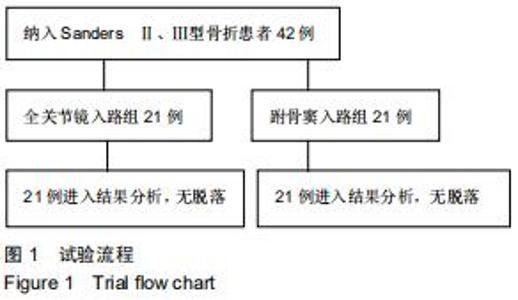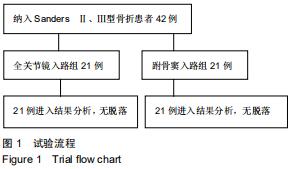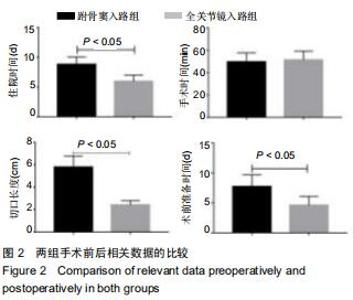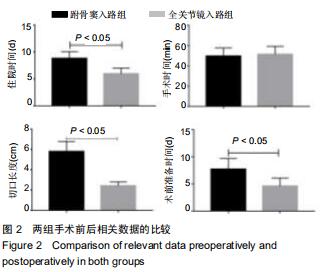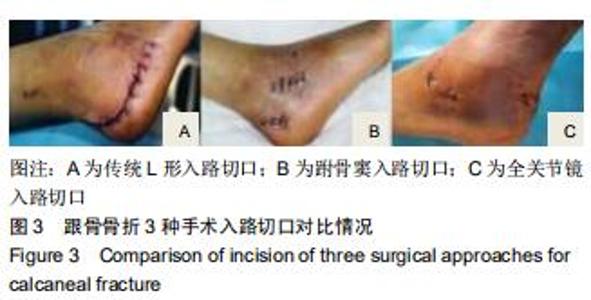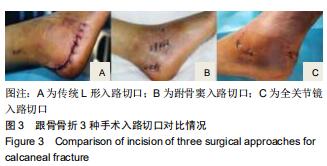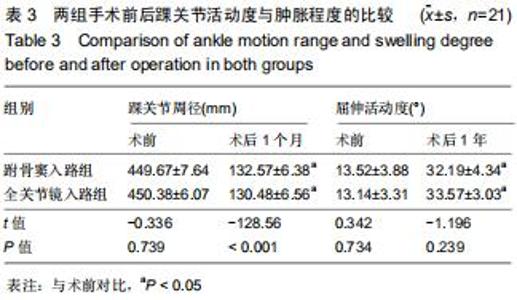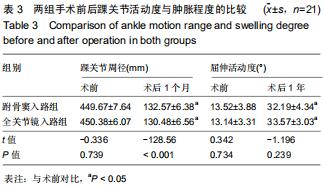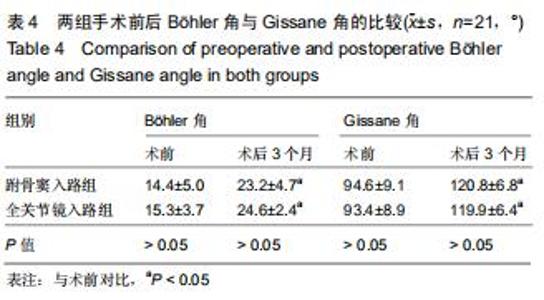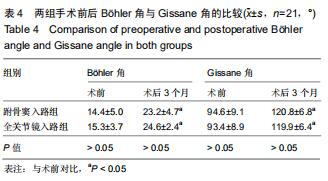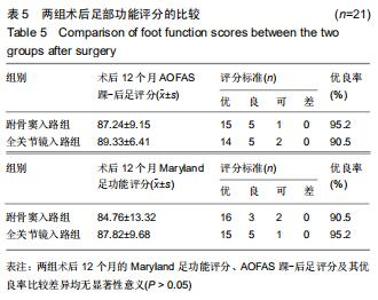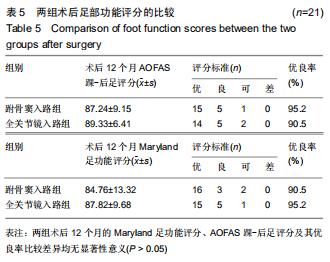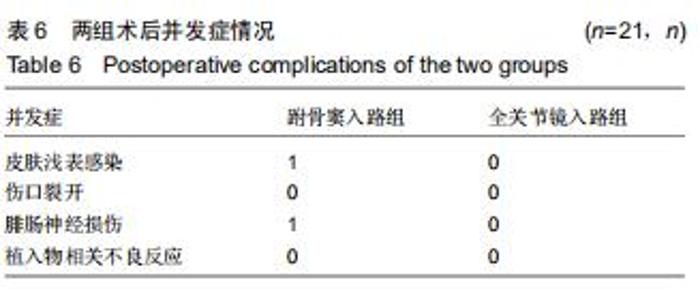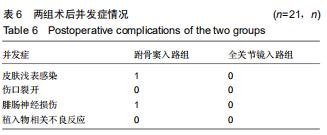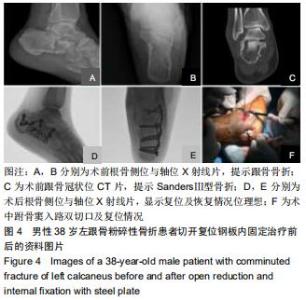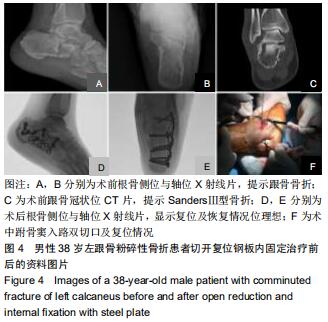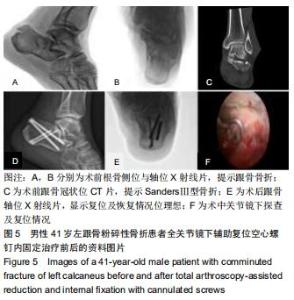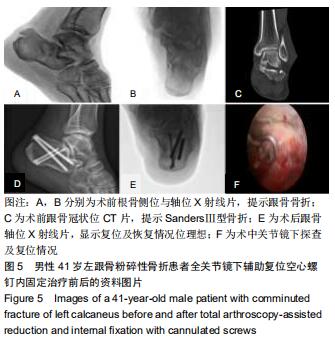|
[1] MOLLOY AP, LIPSCOMBE SJ. Hindfoot arthrodesis for management of bone loss following calcaneus fractures and nonunions.Foot Ankle Clin.2011;16(1):165-179.
[2] 方永刚,邱小魁,张雁儒.关节镜辅助下有限切口内固定治疗SandersII-III型跟骨关节内骨折[J].中国矫形外科杂志, 2019, 27(12):1141-1143.
[3] ZHANG T, SUN Y, CHEN W, et al. Displaced intra-articular calcaneal fractures treated in a minimally invasive fashion: longitudinal approach versus sinus tarsi approach.Bone Joint Surg Am.2014;96(4):302-309.
[4] GAVLIK JM, RAMMELT S, ZWIPP H. Percutaneous, arthroscopically-assisted osteosynthesis of calcaneus fractures.Arch Orthop Trauma Surg.2002;122:424-428.
[5] PASTIDES PS, MILNES L. Percutaneous Arthroscopic Calcaneal Osteosynthesis: A Minimally Invasive Technique for Displaced Intra-Articular Calcaneal Fractures.J Foot Ankle Surg. 2015;54(5):798-804.
[6] MITCHELL MJ, MCKINLEY JC. The epidemiology of calcaneal fractures.Foot (Edinburgh, Scotland).2009;19(4): 197-200.
[7] BARRICK B, JOYCE DA, WERNER FW, et al. Effect of Calcaneus Fracture Gap Without Step-Off on Stress Distribution Across the Subtalar Joint.Foot Ankle Int. 2017; 38(3):298-303.
[8] 伍凯,林健,黄建华,等.扩大L型切口治疗闭合性跟骨骨折伤口并发症的相关因素分析[J].上海交通大学学报(医学版),2014, 34(7):1043-1048.
[9] WEBER M, LEHMANN O, SAGESSER D, et al. Limited open reduction and internal fixation of displaced intra-articular fractures of the calcaneum.Bone Joint Surg Br. 2008;90(12): 1608-1616.
[10] 吴旻昊,孙文超,蔡林,等.经微创跗骨窦切口入路与传统外侧L形切口入路比较治疗跟骨骨折的Meta分析[J].中国骨伤,2017, 30(12):1118-1126.
[11] JANZEN DL, CONNELL DG, MUNK PL, et al. Intraarticular fractures of the calcaneus: value of CT findings in determining prognosis.Am J Roentgenol.1992;158(6):1271-1274.
[12] DEWALL M, HENDERSON CE, MCKINLEY TO, et al. Percutaneous reduction and fixation of displaced intra-articular calcaneus fractures.J Orthop Trauma.2010;24: 466-472.
[13] MEHTA CR, AN VVG, PHAN K, et al. Extensile lateral versus sinus tarsi approach for displaced, intra-articular calcaneal fractures: a meta-analysis.J orthop Surg Res.2018;13(1):243.
[14] VELTM AN ES, DOOM BERG JN, STUFKENS SA, et al. Long-term outcomes of 1730 calcaneal fractures: system atic review ofthe literature.J Foot Ankle Surg. 2013;52(4): 486-490.
[15] 郝巍琳,周家悦.关节镜辅助下复位空心螺钉内固定治疗跟骨骨折的临床效果[J].临床医学研究与实践,2019,4(13):96-97.
[16] LI S.Wound and Sural Nerve Complications of the Sinus Tarsi Approach for Calcaneus Fractures.Foot Ankle Int. 2018;39(9): 1106-1112.
|
